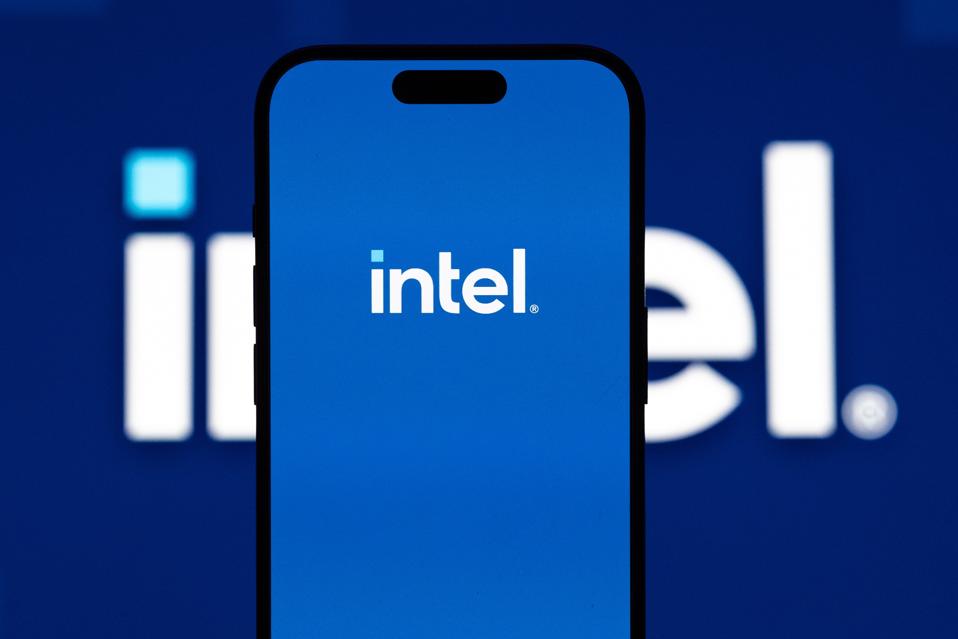Intel stock (NASDAQ: INTC) is expected to publish its Q1 2024 results on April 25. We expect revenue for the quarter to come in at about $12.8 billion, roughly in line with consensus estimates. This would mark an increase of about 16% versus the previous year. We expect the company to post a net profit of $0.15 per share, slightly ahead of consensus estimates. So what are some of the trends that are likely to drive Intel’s results?
Intel’s performance was tough over much of 2023, with the PC industry undergoing a slump, as the tailwinds such as remote working and learning seen through Covid-19 eased. However, things are likely to pick up a bit in 2024. Over Q1 2024, total PC shipments rose 3.2% annually to 57.2 million units, per Canalys. Intel’s growth could be a bit better, as PC vendors worked through chip inventory that they built through the pandemic over the first few quarters of 2023. This could result in stronger demand for the likes of Intel as PC vendors replenish their inventory. Things could be somewhat more mixed on the data center front, amid mounting competition from AMD’s compelling chips and also because cloud computing players have been increasingly focused on securing graphics processors for artificial intelligence workloads.
Intel is also now betting heavily on becoming a foundry player, producing chips for other semiconductor companies, and taking on the likes of TSMC and Samsung Electronics. However, the business is facing some challenges at the moment, due to Intel’s missteps which caused it to outsource a considerable amount of wafer production. Intel reported an operating loss of $7 billion for its manufacturing division (which still primarily caters to its own chips) for 2023, and the company indicated that it doesn’t expect to break even until 2027. We will be looking for updates on the business when the company reports results.
Looking over the slightly longer term, INTC stock has suffered a sharp decline of 30% from levels of $50 in early January 2021 to around $35 now, vs. an increase of about 35% for the S&P 500 over this roughly 3-year period. However, the decrease in INTC stock has been far from consistent. Returns for the stock were 3% in 2021, -49% in 2022, and 90% in 2023. In comparison, returns for the S&P 500 have been 27% in 2021, -19% in 2022, and 24% in 2023 – indicating that INTC underperformed the S&P in 2021 and 2022. In fact, consistently beating the S&P 500 – in good times and bad – has been difficult over recent years for individual stocks; for heavyweights in the Information Technology sector including MSFT, AAPL, and NVDA, and even for the mega-cap stars GOOG, TSLA, and AMZN. In contrast, the Trefis High Quality Portfolio, with a collection of 30 stocks, has outperformed the S&P 500 each year over the same period. Why is that? As a group, HQ Portfolio stocks provided better returns with less risk versus the benchmark index; less of a roller-coaster ride as evident in HQ Portfolio performance metrics. Given the current uncertain macroeconomic environment with high oil prices and elevated interest rates, could INTC face a similar situation as it did in 2021 and 2022 and underperform the S&P over the next 12 months – or will it see a recovery?
There are competitive threats to Intel’s data center business, with the foundry operations also burning cash. However, in the near term Intel should benefit from the recovery in the PC market, with sales projected to grow by about 12% in 2025. Intel trades at about 27x consensus 2024 earnings and about 16x consensus 2025, which we think is a fair valuation. We value Intel stock at $41 per share, which is about 15% ahead of the current market price. See our analysis of Intel Valuation for more details on what’s driving our price estimate for Intel.
Invest with Trefis Market Beating Portfolios
See all Trefis Price Estimates

